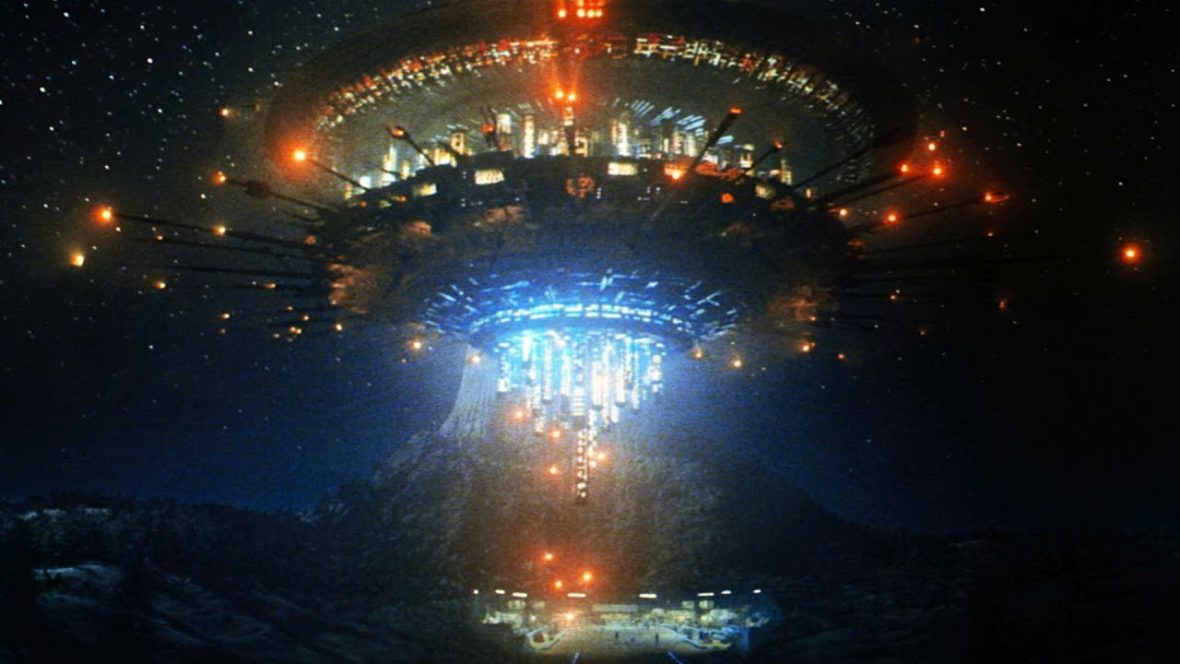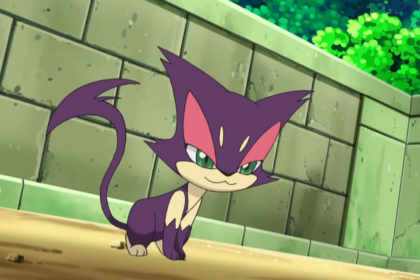Close Encounters of the Third Kind is a 1977 American science fiction movie written and directed by Steven Spielberg, and starring Richard Dreyfuss, Melinda Dillon, Teri Garr, Bob Balaban, Cary Guffey, and Francois Truffaut. The movie tells the story of Roy Neary, an everyday blue-collar worker in Indiana, whose life changes after an encounter with an unidentified flying object. Take a look below for 30 more fun and interesting facts about Close Encounters of the Third Kind.
1. Though Steven Spielberg received sole credit for the script, he was assisted by Paul Schrader, John Hill, David Giler, Hal Barwood, Matthew Robbins, and Jerry Belson, all of whom contributed to the screenplay in varying degrees.
2. The title of the movie comes from Ufologist J. Allen Hynek’s classification of close encounters with aliens, in which the third kind denotes human observations of aliens or “animate beings.”
3. Made on a production budget of $20 million, Close Encounters of the Third Kind was released in a limited number of cities on November 16, 1977, and November 23, 1977, before expanding into wide release the following month.
4. The movie was a critical and financial success, eventually grossing over $300 million worldwide.
5. The movie received numerous awards and nominations at the 50th Academy Awards, 32nd British Academy Film Awards, the 35th Golden Globe Awards, the 5th Saturn Awards, and has been widely acclaimed by the American Film Institute.
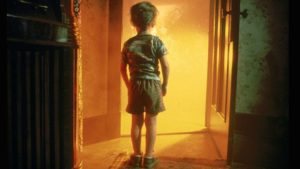
6. In December, 2007, the movie was deemed, “culturally, historically, or aesthetically significant,” by the United States Library of Congress and selected for preservation in the National Film Registry.
7. A Special Edition of the movie, featuring additional scenes, was released theatrically in 1980. A third cut of the movie was issued on VHS and LaserDisc in 1998, and later DVD and Blu-ray.
8. The movie was remastered in 4K and re-released in theatres on September 1, 2017, for its 40th anniversary.
9. During the dinner scene just before Roy piles on the mashed potatoes, you can hear the little girl say, “There’s a dead fly in my potatoes.” This was unscripted and almost caused the rest of the cast to laugh. The scene was kept as-is.
10. The iconic five-note melody was a chance arrangement that both composer John Williams and director Steven Spielberg happened to like out of hundreds of different permutations.
11. Cary Guffey’s performances were so good that they only had to do one or two takes of each shot he was in. He became known as “One-Take Car” on the set, and director Steven Spielberg had a t-shirt printed up for him with the phrase written on it.
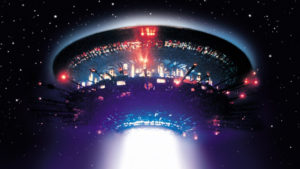
12. Stanley Kubrick was so impressed by Cary Guffey’s performance that he wanted him for the role of Danny Torrence in The Shinning.
13. The situation on U.S. Navy Flight 19, from which the airplanes that appear in the Mexican desert came, disappeared off Fort Lauderdale, Florida, in December, 1945. No trace has ever been found of the Lost Flight 19, which left the Naval Air Station near there in 1945.
14. The words that the crowd in India chants are, “Aaya Re! Aaya,” which means, “He has come,” in Hindi.
15. The movie was partly inspired by an experience from Steven Spielberg’s childhood, when without advance warning, his parents rushed the children into their car one night, drove to an area where many others were gathered, and watched a spectacular meteor showed.
16. Director Steven Spielberg stated that nothing in his life had been more difficult than editing the final 35 minutes of Close Encounters of the Third Kind.
17. For the scene in which Barry says, “toys!,” as he looks out the window and spots the UFOs, Steven Spielberg actually pulled out a toy car behind the camera to cause Barry’s reaction.
18. The John Williams score was created before the movie was edited. Steven Spielberg edited the movie to match the music, a reverse of what is usually done in the movie scoring process. Both Spielberg and Williams felt that it ultimately gave the movie a lyrical feel.

19. VFX man Douglas Trumbull created the cloud effects by injecting white paint into tanks half filled with salt water and half filled with fresh water.
20. Steven Spielberg ran a few tests of CGI, which is now the industry standard, but then in its very first stages of development. He decided that none of it looked believable.
21. According to Melinda Dillon, because it was done without rehearsal, the scene in the kitchen with all the objects flying around was truly scary, and her alarmed reactions were often quite real and spontaneous as she tried to protect herself and Cary Guffey.
22. Close Encounters of the Third Kind became one of the first movies to have a “Special Edition” director’s cut made when Steven Spielberg wanted to improve his original version.
23. The movie is shown every night at the Devil’s Tower KOA Campground, thereby making it one of the most screened movies ever.
24. For the scene where Richard Dreyfuss appears to go weightless in his truck in his first encounter with flying saucers, his truck was put on a turntable and rotated 360 degrees.
25. Most of the UFO miniatures were filmed in dark smoke-filled rooms to give them a halo effect and so the beams of light emanating from them would be more prominent.
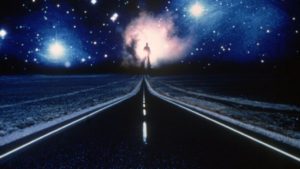
26. The ship found in the Gobi Desert, The Cotopaxi, is an actual tramp steamer that went down in the Bermuda Triangle in December, 1925.
27. The filming was done under utmost secrecy to keep the element of surprise until it finally became ready for release and also to prevent anyone ripping off the idea and making some quick knockoff of it. Security at the mobile hangar was so tight that even Steven Spielberg was denied entrance one day when he forgot his ID card.
28. The humans communicate with the aliens by making music with their computers. Writer-director Steven Spielberg’s mother was a musician and his father was a computer scientist. Spielberg himself had not thought of this until it was pointed out by James Lipton in an interview on Inside the Actors Studio.
29. The hang signals used by the aliens are actually used by classroom teachers to teach the solfege scale. They were invented by the Reverend John Curwen, an English Congregationalist minister, and then adapted by composer Zoltan Kodaly.
30. Actor Bob Balaban kept a diary of behind the scenes events during production. This diary was published to tie-in with the release of the movie.

